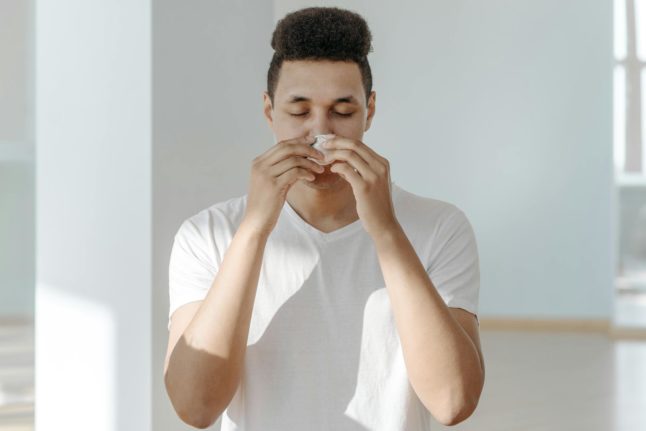The solar power plant in Liesing, which was built in 2013, produces 1,000 MWh annually and supplies around 400 households.
It also offers a home to 13 protected species of grasshoppers and crickets, praying mantis, as well as field hamsters, moths, snails, lizards, spiders and beetles.
“Since there’s lots of space in between the solar modules we can secure these areas and create a rich area of habitat,” Thomas Proksch, owner of landscape planning offices Land Ahoy said. The area is around the size of two football pitches.
A special method of mowing the grass ensures that the grasshoppers’ optimal habitat is preserved. The area directly under the solar panels is warm – which is also beneficial for the grasshoppers.
“We’re not only concerned about the environment, but also about wildlife conservation,” Wien Energie CEO Susanna Zapreva said.
“In the next five years we plan to invest €800 million, and more than half of that will be on renewable energy,” she added.
At present only one percent of electricity in Austria is produced from photovoltaic systems – far behind Germany which produces 4.5 percent of its energy from solar power.
Gerhard Heilingbrunner, president of Austria's environment association, has said that 55 percent of roof surfaces in Vienna would be well suited for solar panels.
Vienna residents can purchase up to ten photovoltaic panels from Wien Energie. Each panel costs €950. They then rent the panels back to Wien Energie and receive an annual fee of €29,45, per year, per panel – for a minimum of five years.
After around 25 years Wien Energie buys the solar panels back and the resident is repaid in full.




 Please whitelist us to continue reading.
Please whitelist us to continue reading.
Member comments